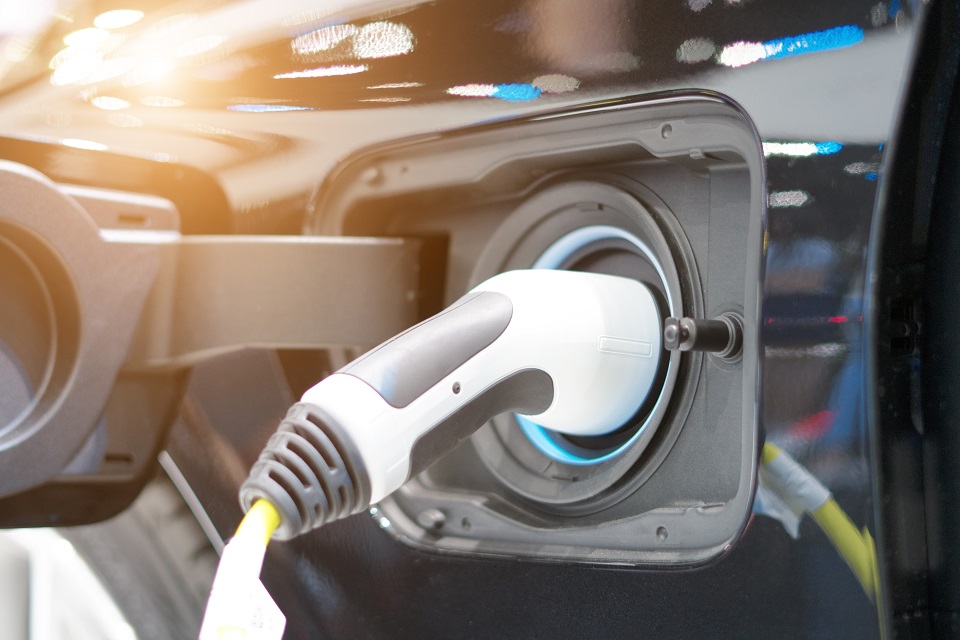Are you considering taking the plunge and making the switch to electric vehicles? If so, you may have questions about the process and the technology involved. To help you out, we’ve put together this comprehensive guide to electric vehicle charging. In this guide, we’ll cover all the basics you need to know about electric vehicle charging. With this guide, you’ll be able to make an informed decision. And ensure that you get the most out of your EV charging experience. So let’s get started!
A Quick Step-By-Step Guide On Charging Your Electric Vehicle
1. Connect the charging cable to the charging port of your electric vehicle.
2. Connect the other end of the charging cable to a power source or charging station.
3. Turn on the power source or charging station.
4. Check the charging station to ensure the lights or show that the charge is beginning.
5. Check the charging process and make sure it is completed safely.
6. Disconnect the charging cable from the power source and the vehicle.
7. Store the charging cable in a safe place.
How Do The Electric Vehicle Changing System Work?
Electric vehicle charging systems transfer energy from the electric grid to the vehicle’s battery. The energy is transferred via an external charging station or by plugging the vehicle into a wall outlet. The charging process is monitored and regulated to ensure the battery is not overcharged or undercharged. Charging systems vary in complexity but involve a few components: an AC/DC converter to convert the grid voltage to the appropriate voltage for the vehicle’s battery. And a control system to manage the charging process and a connector for the vehicle to plug into.
People Also Search: A Brief Insight Into Car Wreckers- Who Are They And What They Do
Paying For The Electric Vehicle Changing
The cost of an electric vehicle charging station varies depending on the size, type, and location of installation. Common payment options include credit cards, debit cards, cash, or checks. Some charging station providers also offer payment apps or subscription-based services. Some utility companies also offer special rates or incentives for electric vehicle owners.
Installing an Electric Vehicle Charger
Step-by-Step Installation Guide
1. Prepare the necessary equipment and materials for the installation. This will usually include the charging station, conduit, junction box, wiring, mounting brackets, and other necessary materials.
2. Consult with a qualified electrician to ensure the installation is done properly and safely.
3. Select a location for the charging station close to an existing electrical panel and easily accessible.
4. Install the conduit and junction box where the charging station will be located.
5. Connect the charging station to the junction box. 6. Run the wiring from the junction box to the existing electrical panel.
7. Mount the charging station in its desired location. 8. Test the installation to make sure it is working correctly.
9. Contact the local utility company to register the charging station and arrange for any necessary inspections.
10. Follow all local codes and requirements for electric vehicle charging stations.
Safety Tips
1. Make sure to hire a certified and experienced electrician to install the electric vehicle charging station.
2. Make sure that the wiring is done properly with the appropriate size of wires and that the connections are secure
3. Install the station away from windows and doors to avoid any leakages of electric shock
4. Always ensure that the circuit breaker of the EV charging station is properly rated and is compatible with your vehicle’s amperage requirements.
5. Keep the charging area free of debris and other combustible materials.
6. Never overcharge your electric vehicle, as it can cause serious damage to your battery.
7. Always use a surge protector to protect your electrical equipment from power surges.
8. Make sure that the area around the station is well-ventilated.
9. Be aware of the local laws and regulations regarding EV charging station installation.
Choosing an Electric Vehicle Charger
When choosing an electric vehicle charger, it’s important to consider a few factors.
1. Type of charger: There are two main types of electric vehicle chargers: Level 1 and Level 2. Level 1 chargers are slower, plugging into a standard 120-volt wall outlet and providing about 3 to 5 miles of range per hour of charging. Level 2 chargers are faster, plugging into a 240-volt outlet and providing 10 to 25 miles of range per hour of charging.
2. Location: Where you will install the charger is important. Make sure it’s near an accessible outlet and in a dry, protected area.
3. Charging speed: Different chargers have different charging speeds. Some models are fast chargers, providing up to 80 miles of range per hour of charging.
4. Cost: Electric vehicle chargers can range from a few hundred dollars to thousands. Be sure to compare prices before you buy.
5. Manufacturer: It’s important to buy from a reputable manufacturer. Look for chargers that have a warranty and have been certified by a recognised third-party testing laboratory.









